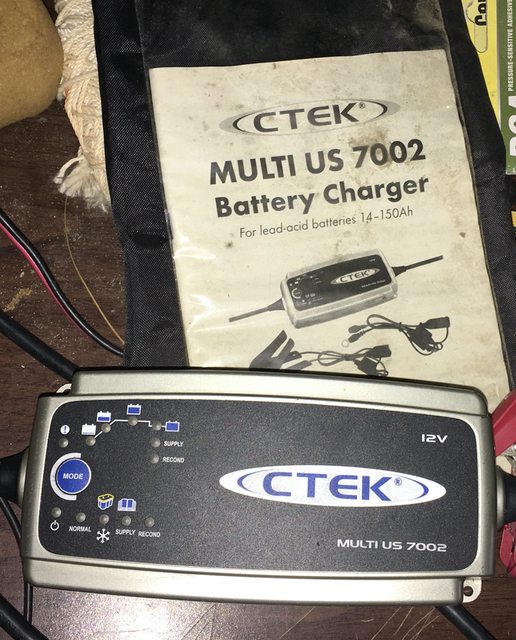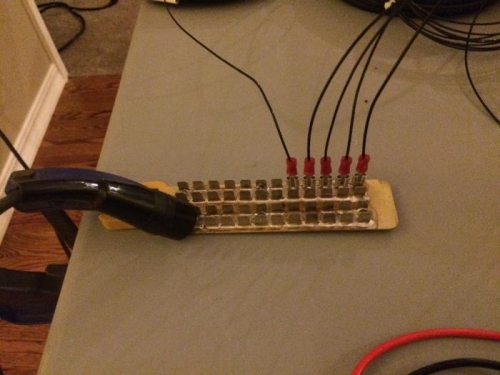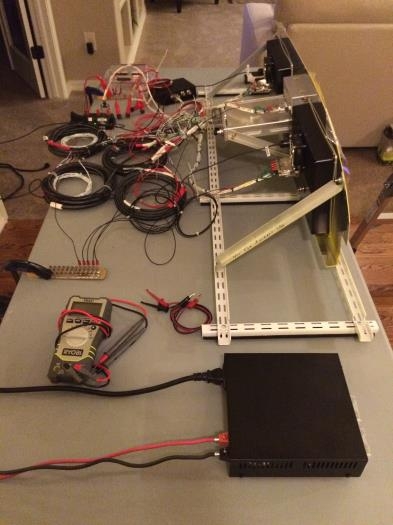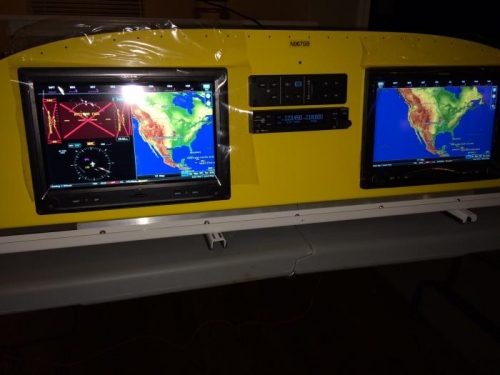Saville
Well Known Member
You folks who have built new all-electric panels - what did you use for 12 volt bench power supplies when you were wiring the whole thing up on the bench and testing it?
I'm wondering if I should invest in a 12 or 16 volt programmable bench power supply for things like - downloading to my GDL-82 before installation or when building a new instrument panel on the bench.
One can get a Programmable DC Power Supply 128W 16V 8A for about $250. I'm wondering if that's a good investment.
How did everyone else power their bench setups?
Thanks
I'm wondering if I should invest in a 12 or 16 volt programmable bench power supply for things like - downloading to my GDL-82 before installation or when building a new instrument panel on the bench.
One can get a Programmable DC Power Supply 128W 16V 8A for about $250. I'm wondering if that's a good investment.
How did everyone else power their bench setups?
Thanks








